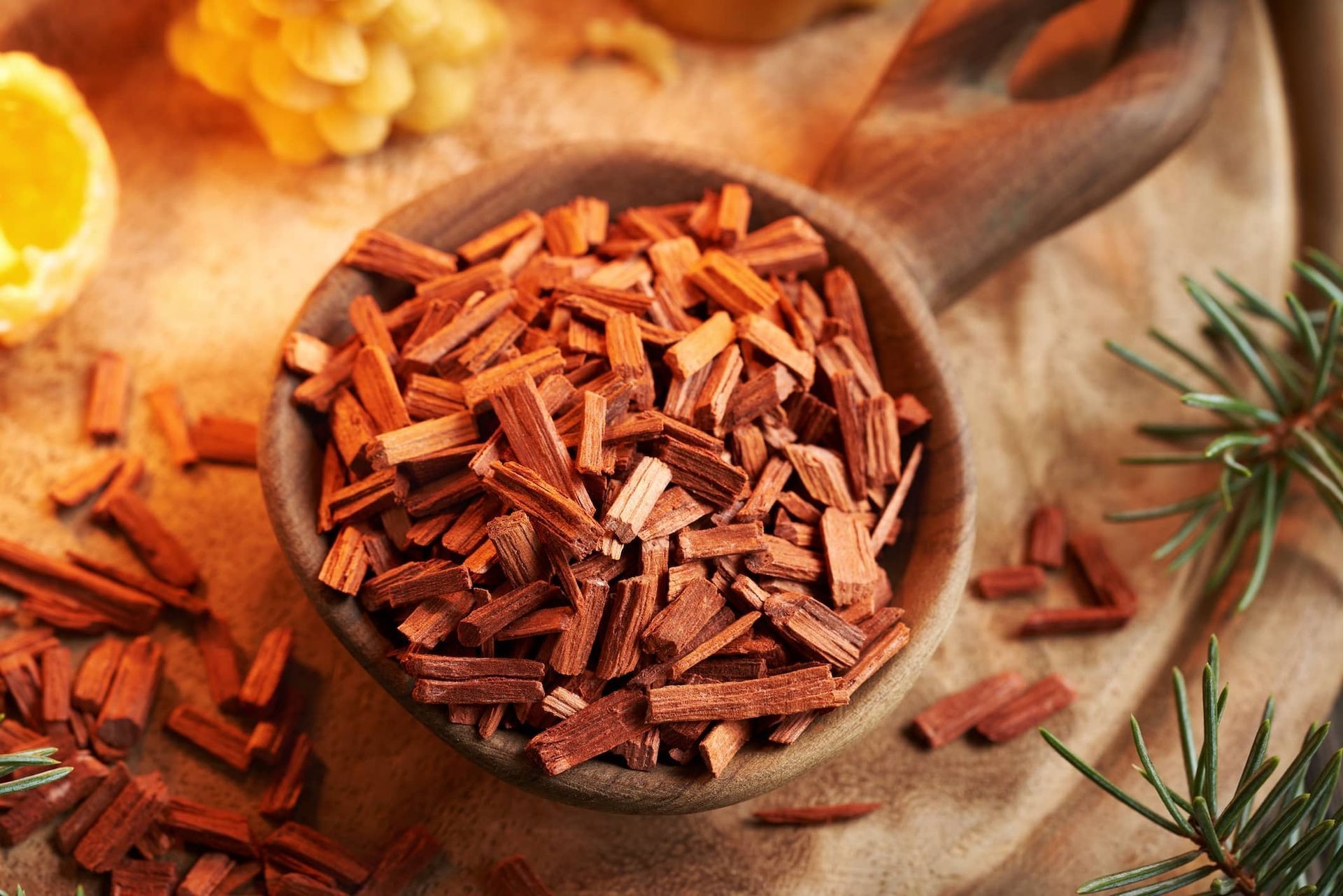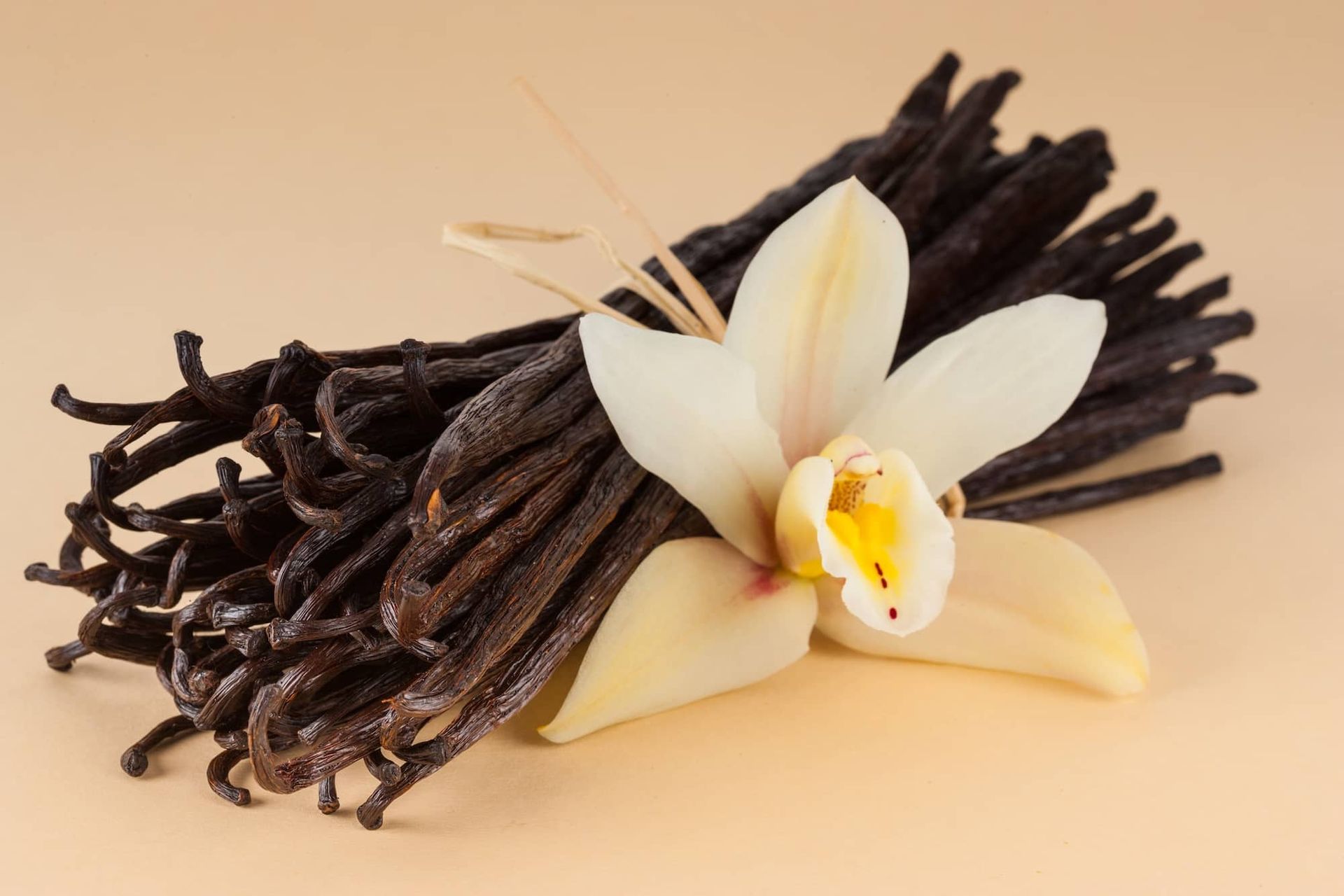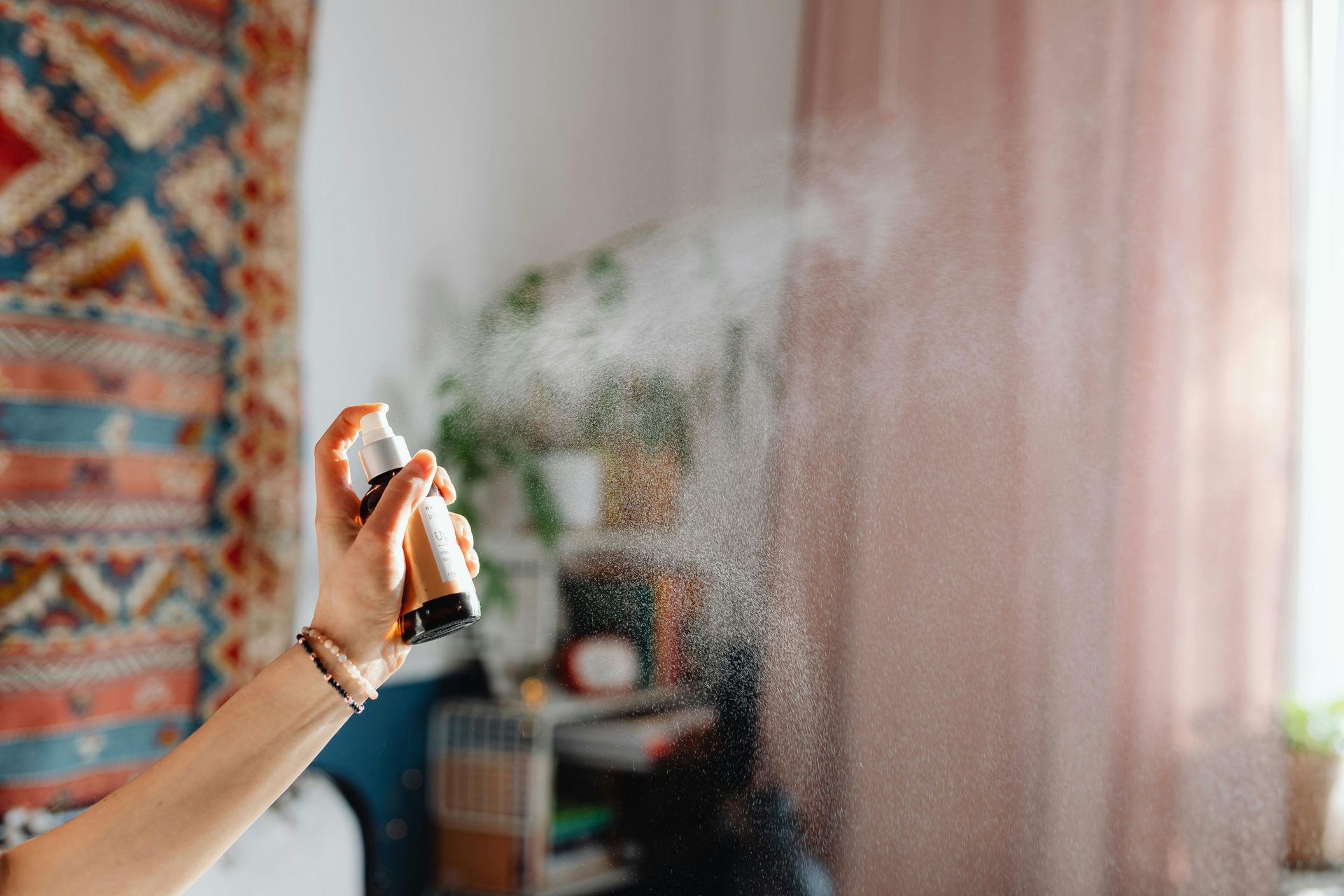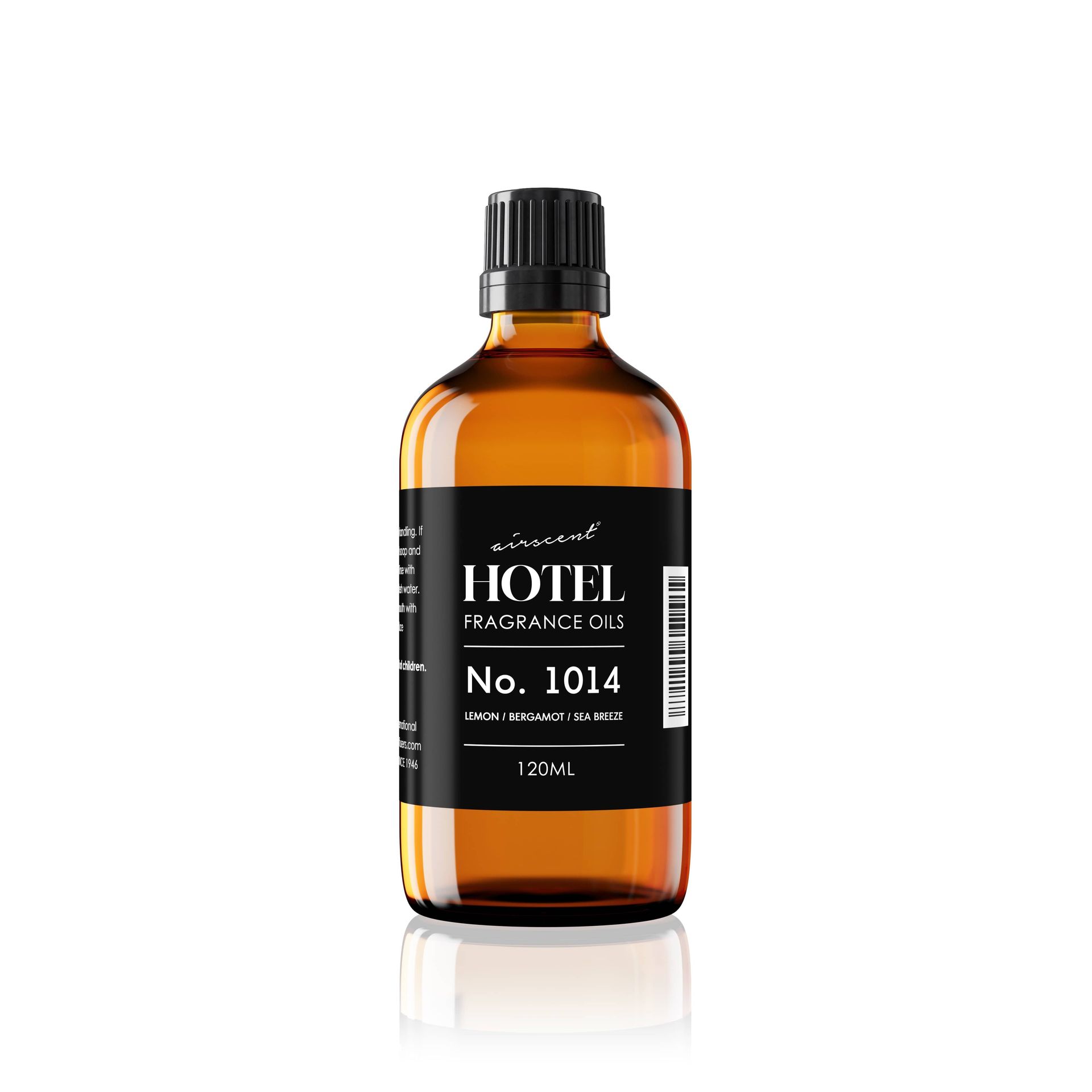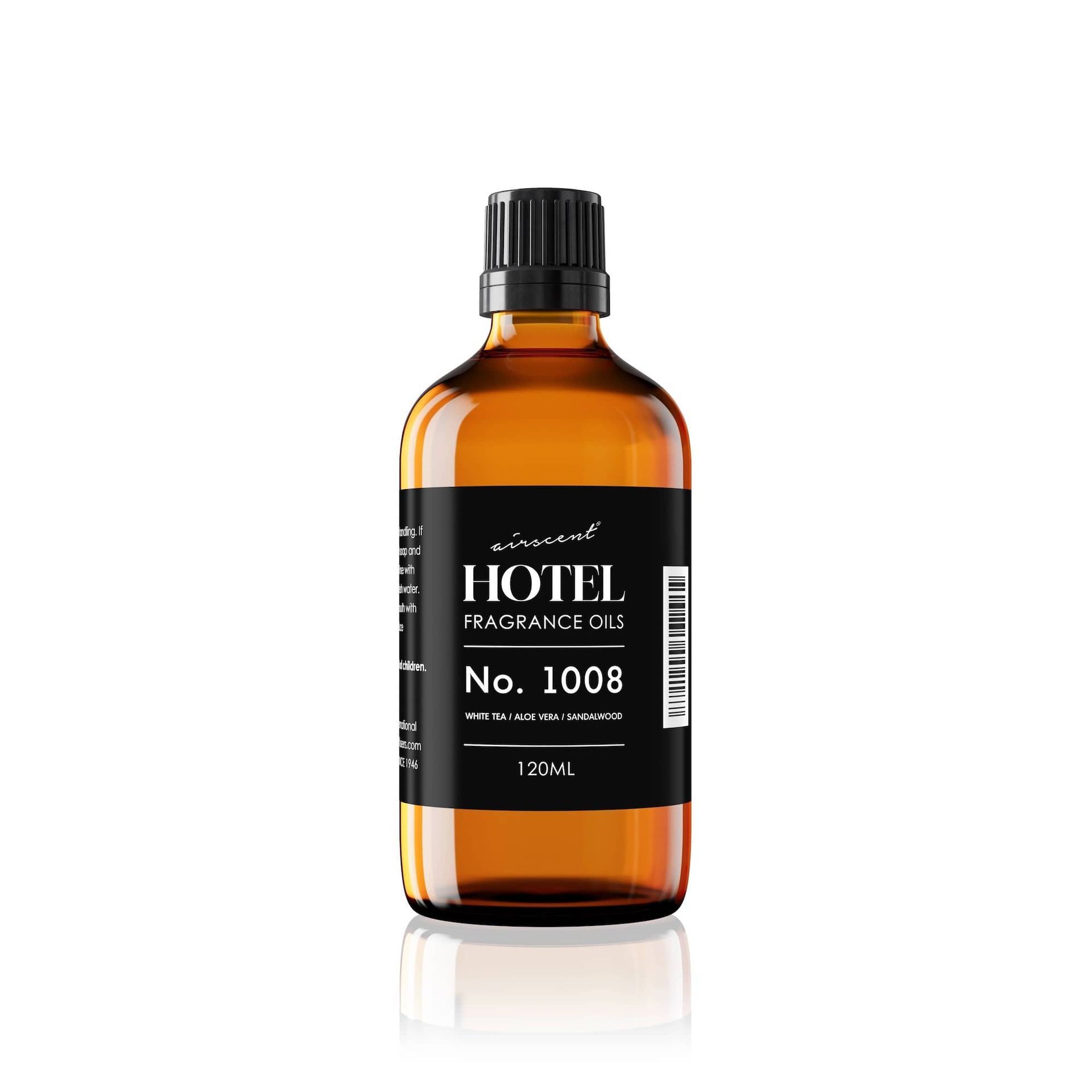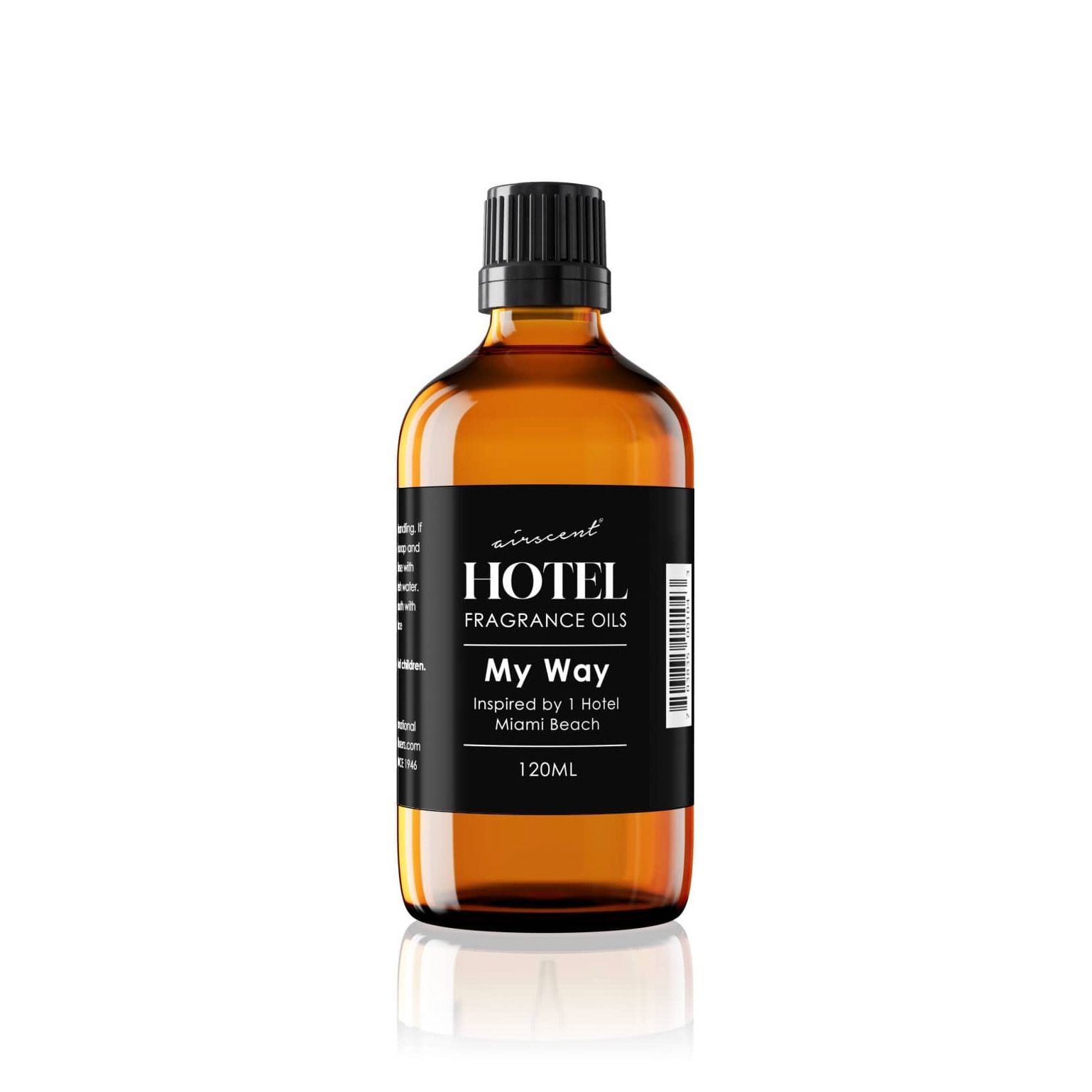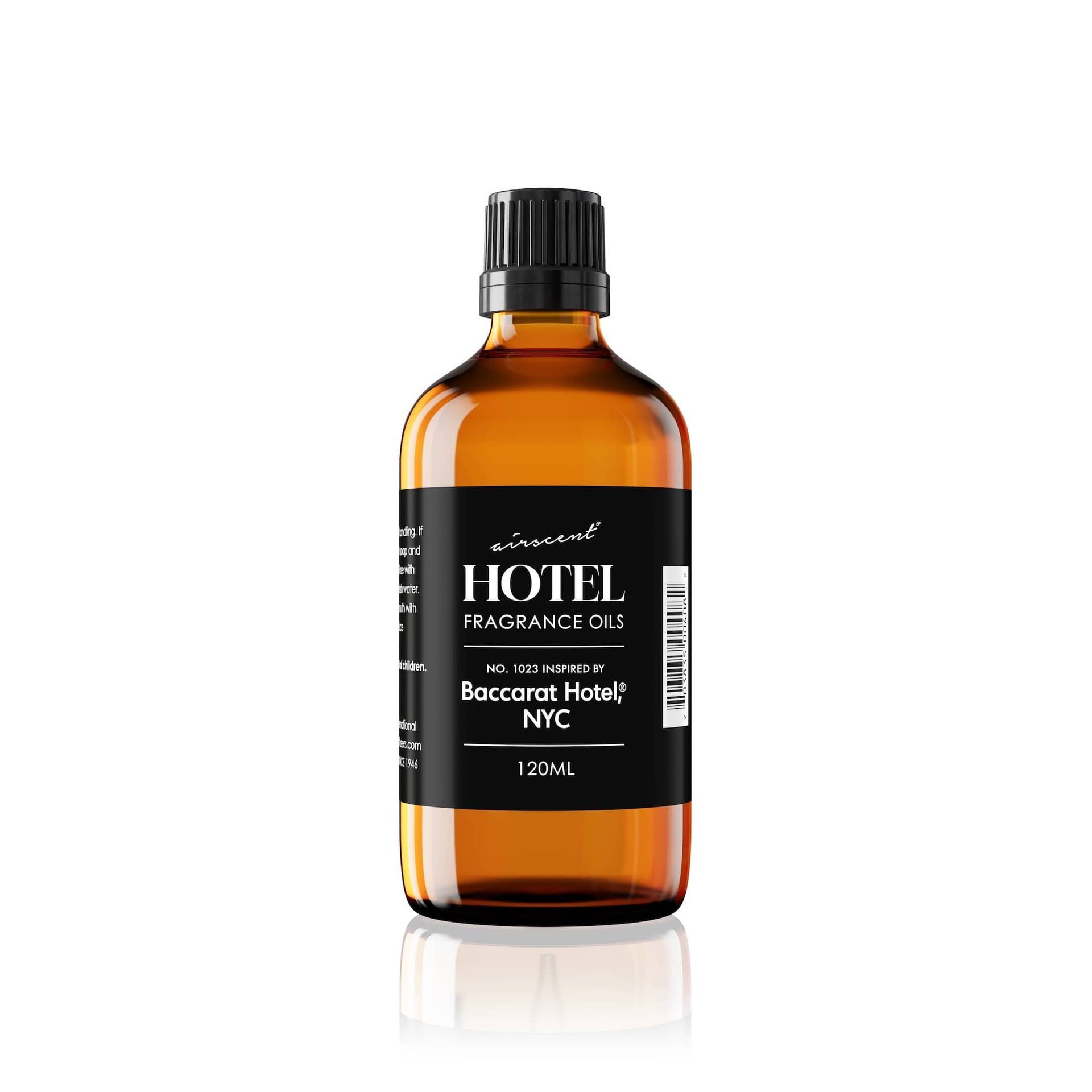Fragrance Replication - How Perfumers Duplicate Scents
For many of us, the premium price tags on high-end fragrances feel prohibitively out of reach—which is why fragrance oil dupes have surged in popularity in recent years.
These affordable alternatives deliver opulent aromas for everyday indulgence, transforming luxury into something truly attainable.
But how do perfumers master
the art of replicating a fragrance?
In the following, we explore the science and technology of fragrance duping, four essential steps to replicating scents, the artistry of crafting replicas, the diverse types of perfume duplication, and why our inspired
fragrance oil dupes often outshine all others.
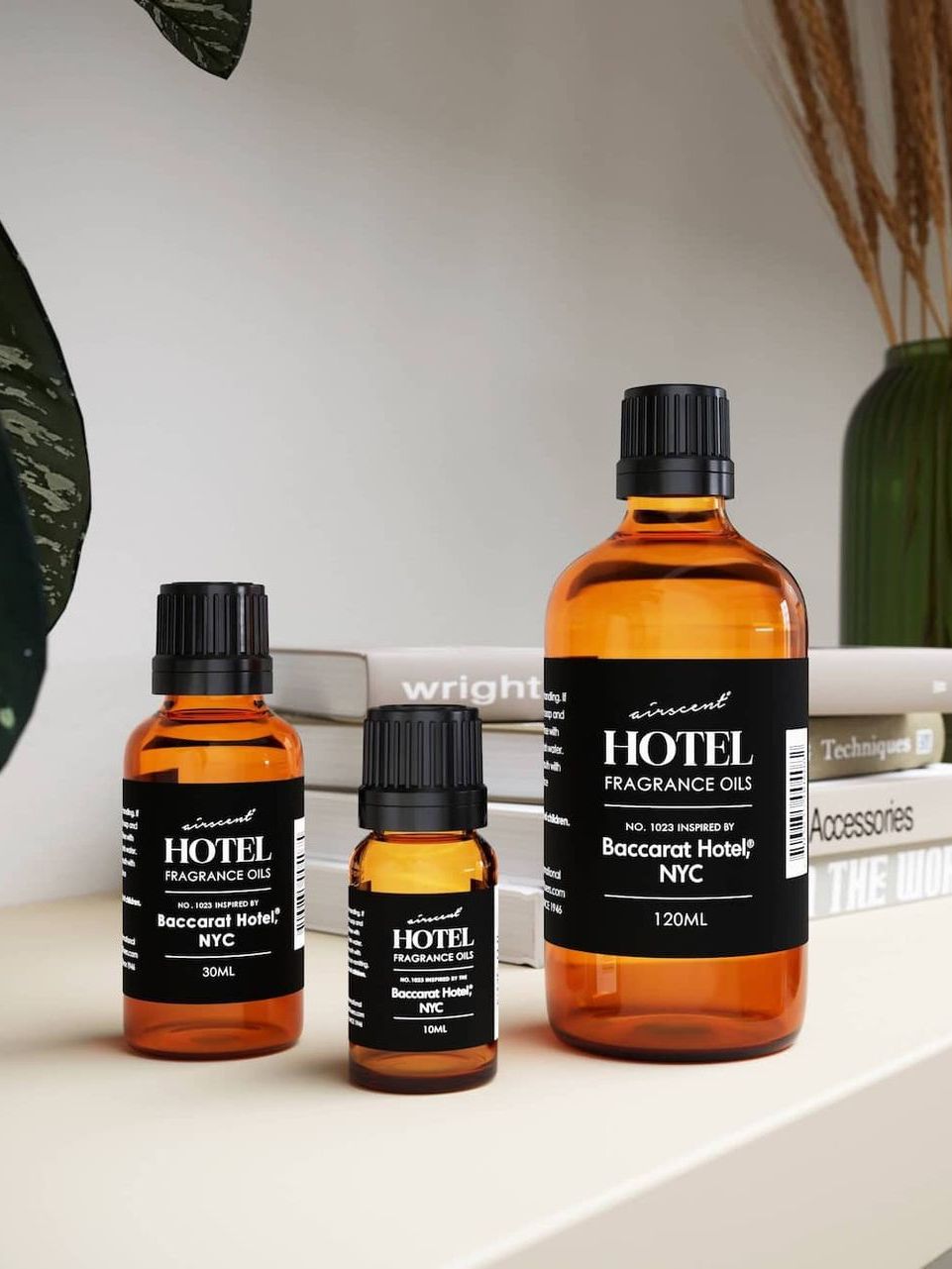
A Brief History of Fragrance Replication
Fragrance replication has evolved from ancient rituals to modern precision, bridging millennia of innovation.
It began in civilizations like Mesopotamia (circa 3000 BCE), Egypt, Greece, and Rome, where indigenous plants fueled perfumes for religious ceremonies and daily life.
Historical texts, archaeological residues, and artifacts preserve these lost formulas, revealing early distillation and infusion techniques.
Fast-forward to the 20th century: The perfume industry exploded at the intersection of science and commerce, with the invention of
gas chromatography-mass spectrometry (GC-MS) in the 1950s marking a pivotal shift.
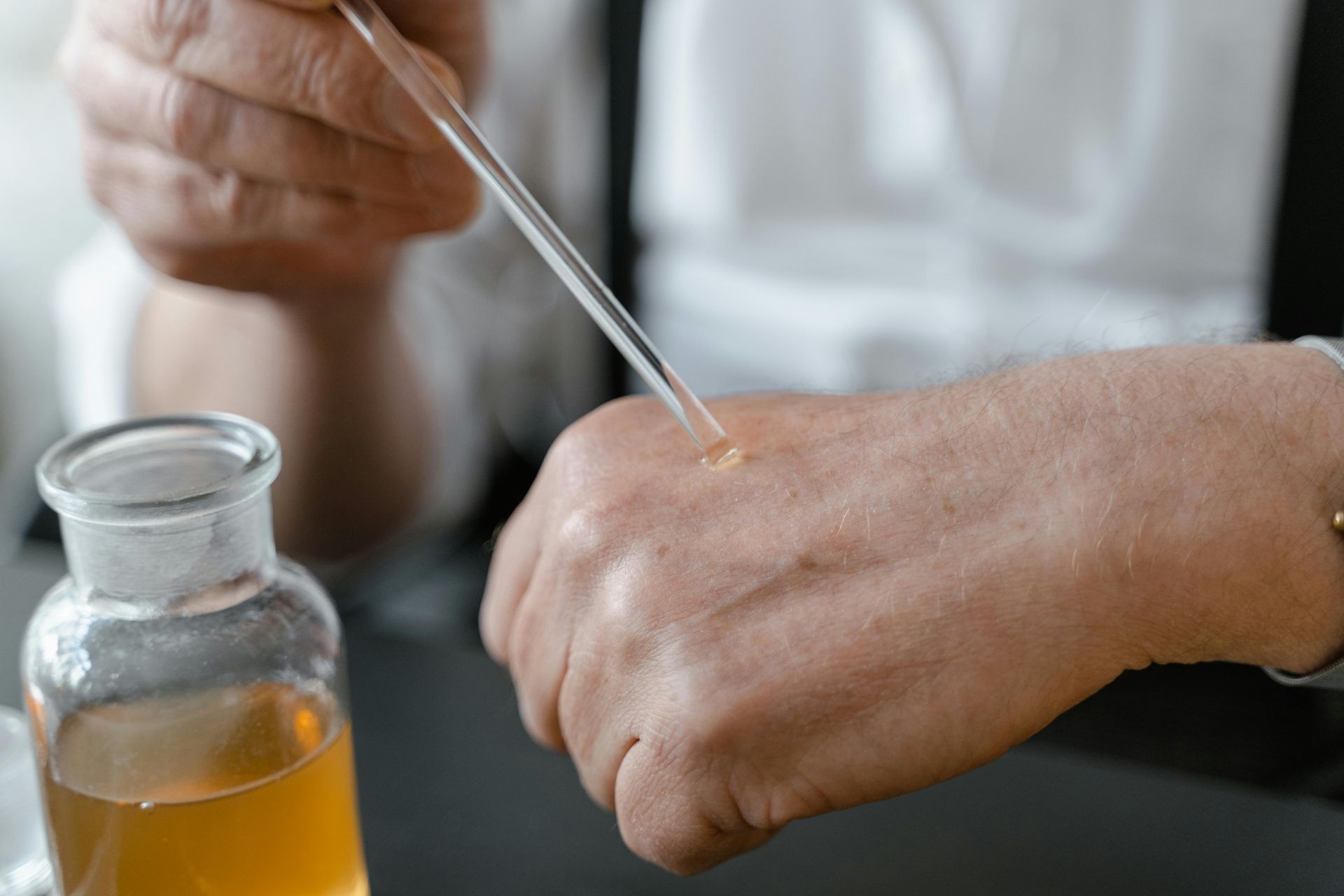
This tool unlocked the chemical "DNA" of scents, enabling the mass production of both designer originals and their affordable dupes.
Over the last two decades—accelerated by the internet and social influencers—dupes have democratized luxury, allowing consumers to access near-identical profiles at a fraction of the cost.
Emerging frontiers, like genetic engineering, hint at future possibilities: By analyzing DNA from extinct plants, scientists could revive "lost" scents, though this biotech remains experimental.
The Four Essential Steps to Perfume Replication
Building on this foundation, perfumers follow a structured yet iterative process to craft faithful dupes. These steps integrate historical research, analytical science, and creative refinement:
- Research and Reference: Start by compiling a blueprint—drawing from published notes, historical texts, or consumer reviews—to map the fragrance's pyramid (top, heart, base notes).
- Analyze the Composition: Employ GC-MS to dissect the original, separating and identifying hundreds of volatile molecules by their molecular fingerprints.
- Source and Substitute: Hunt for equivalent ingredients, prioritizing high-quality naturals or synthetics to replace rare or captive exclusives, while ensuring sustainability and affordability.
- Blend, Test, and Refine: Experiment in the lab, adjusting ratios through trial and error. Olfactory evaluations and repeated GC-MS scans confirm balance, stability, and skin evolution—ensuring the dupe unfolds just like the original.
This methodical approach demystifies replication, turning complex chemistry into accessible artistry.
The Science and Technology Behind Perfume Replication
At its core, replication hinges on GC-MS, a powerhouse technique that revolutionized perfumery.
The process vaporizes a fragrance sample: Gas chromatography (GC) separates compounds by volatility, while mass spectrometry (MS) identifies and quantifies them via unique mass-to-charge ratios.
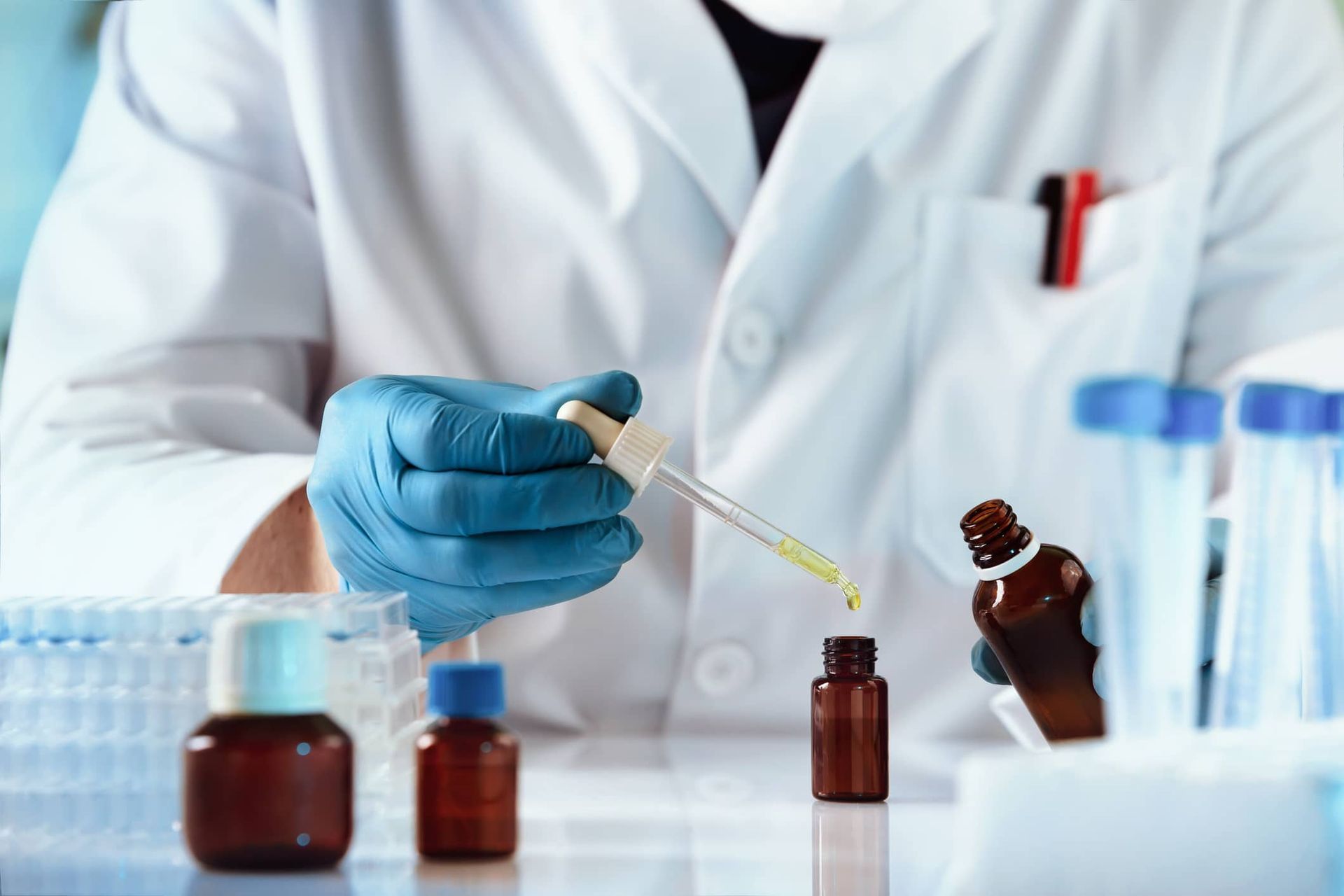
This reveals intricate formulations, from citrus aldehydes in top notes to musky bases.
Perfumers leverage this data to optimize reactions—studying kinetics like how temperature and concentration influence volatility.
Essential oils' small, reactive molecules evaporate at room temperature, interacting with our brain's limbic system to evoke memory and emotion, which is why scents excel in perfumery and aromatherapy.
Even AI aids here, predicting profiles from vast datasets, though it can't replace the human touch. Together, these tools ensure dupes capture not just the aroma, but its emotional resonance.
The Artistry Behind Creating Fragrance Replicas
As our master perfumers note: “Most perfumers see themselves as creative. Replicating is like recreating a painting and signing your name to it.” True replication demands artistry to harmonize science into a living scent.
Mass spectrometry pinpoints molecules but ignores nuance—like a compound's origin or purity.
That's where expert "noses" shine: Interpreting data, they source alternatives and tweak blends iteratively, balancing notes for seamless skin diffusion.

Challenges abound with unique ingredients, requiring premium natural extracts.
Enter "captive ingredients"—proprietary molecules, patented for ~20 years or guarded as trade secrets, crafted by houses like ours.
These lab-born innovations, absent in nature, spark originality and novelty, making perfect dupes a thrilling pursuit.
Some Examples of Captive Ingredients
The average consumer may not be aware of some captive ingredients that have been used for decades
Akigalwood, for example, is a synthetic, sustainable chemical developed by Givaudan from upcycled (discarded waste) patchouli oil.
It is light and deep without the density of natural patchouli.
Hedione radiates the aromas of intense, fresh jasmine fused with nuances of citrus that is widely used and loved for its smooth, stable and luminous nature that does not overpower other perfume facets.
Iso Gamma Super is a specialized version of Iso E Super, which is a synthetic woodsy ingredient well known for its highly potent, warm, dark amber scent. Produced by International Flavors and Fragrances, it is not commercially available.
Our Luxury Fragrance Collections
From hotel scent dupes to our 5000 series of renowned colognes reimagined as home fragrances, our perfumers bring decades of mastery to every bottle.
Through our parent company, Alpha Aromatics—founded in the 1940s—we draw on over seven decades of expertise across the fragrance wheel, crafting in-house blends at peak concentration for unmatched intensity.
Explore our collections on Amazon: Whether evoking a remote escape or an exquisite realm, you'll find the ideal profile to transport your mind, body, and soul.
Your aromatic adventure awaits—discover why our dupes don't just mimic; they elevate.
Recent Posts
Our Most Beloved Fragrance Oils
Westin Hotel Scent
White tea, aloe vera, ginger, cedar wood, vanilla, amber, sandalwood & musk.
My Way 1 Hotel
Sandalwood, Jasmine, Vanilla, Musk & Virginia Cedar.
Baccarat Hotel Love Affair
A warm woody aromatic blend of sandalwood, papyrus and musk.


